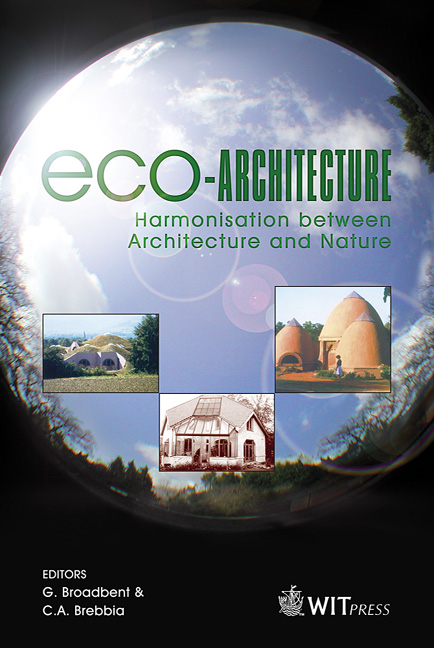Building Defects: Survey And Impact Over Sustainability
Price
Free (open access)
Transaction
Volume
86
Pages
8
Published
2006
Size
672 kb
Paper DOI
10.2495/ARC060361
Copyright
WIT Press
Author(s)
E. Costanzo
Abstract
It is commonly assumed that existing building stock management has a great potential to achieve better sustainable development results. Durability of existing building components determines the period of their performance decay and, therefore, maintenance and refurbishment cycles, which, owing to their recurrence, may have relevant effects on the environment and the economy. Knowledge of building pathology phenomena and, therefore, defects prevision during building operation, can lead to less frequent and more appropriate maintenance and renovation, helping lengthen service life (and durability) of components, and so avoiding new production and construction impacts and reducing recurrent C&D waste due to frequent replacement. This paper shows the advantages of an archive on building pathology, created from cases of expertises and consultancies, and a proposal of a protocol of survey, to collect in-field data and address the use of the archive towards operational and post operational building performance assessment and management. Keywords: construction elements, failure, survey, post occupancy evaluation, durability, indoor health. 1 Introduction The operational phase in building life is the moment where the occupant has to experience and to profit of the existing structure. This phase lasts at least 50 years in average and is the very aim of construction, where the user’s needs are compared with real building performances and their eventual decay due to aging:
Keywords
construction elements, failure, survey, post occupancy evaluation, durability, indoor health.





